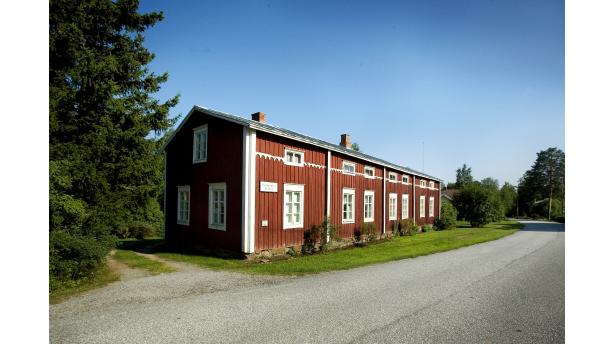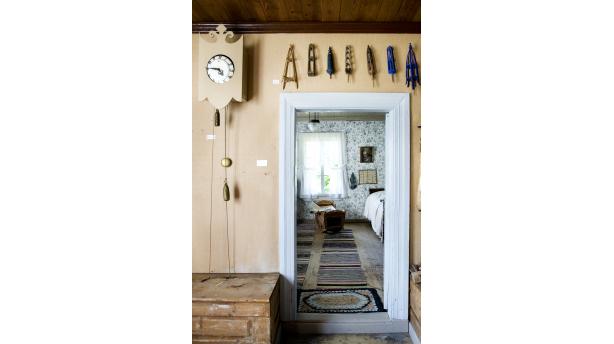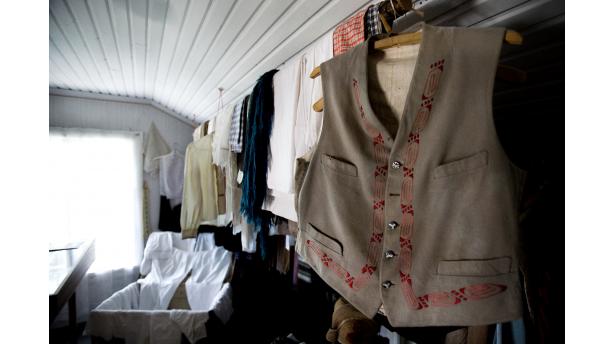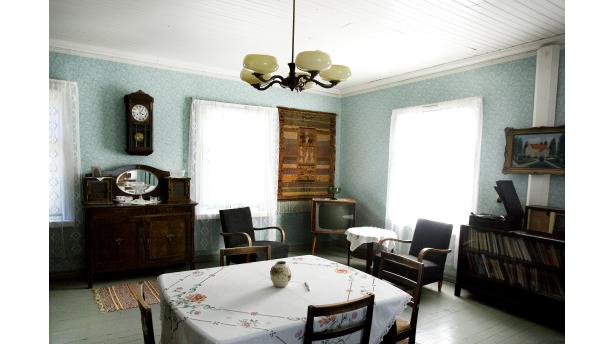Museum A-Ö » Jeppo Museum
Jeppo Museum




Did you know...
Diverse manufacturing activity has for centuries existed on the region, which can be seen in the beautifully embellished Bibles of the industrialists stored in the museum.
The Jeppo Museum represents a wide timespan of local history, starting from antiquity, emphasizing the 18th and 19th century and stretching all the way to the 1940s. In the museum are displayed the everyday life and celebration of the rural community through objects and buildings, and many interesting discoveries from the several Bronze Age stone heaps of Jeppo have been included in the exhibition.
The building functioning as the museum was erected at the end of the 18th century, and it served then as the home of a peasant family. Agriculture ruled the history of the estate, which covered several generations in the 19th century all the way to the beginning of industrialization. In the middle of the 20th century the estate was used by the municipality as a tenement for the elderly. The museum opened its doors in 1975 seven years after the municipality had ceded the estate to the regional society.Many ancient discoveries have been made in Jeppo, and in the so called antiquity room of the museum can be seen for example bronze axes, an arrowhead made of flintstone and an approximately 3 000 years old apertured axe. One of the most interesting items is a postman’s sword, a Jeppo sword, dating back to the 17th century. The sword was discovered in 2004 in connection with forestation.
Around fifty of the exhibition items in the museum originate from the 18th century, and most of them have belonged to reverend Thomas Elenius; for instance a rustic oak table consisting of three wide planks, and the Bibles in his home. On the museum area can also be found a barn from the year 1778, which used to belong to Elenius, a one-room cottage dating back to the 18th century, a house across the yard and a small herbal garden.
One of the museum’s pearls is a collection of textiles consisting of linens from Jeppo and the nearby municipalities, clothes, beautiful quilts, children’s clothes and laces. On display are also tools relating to textile works, such as a weaving machine, a handloom and different kinds of spinning wheels. Diverse theme exhibitions are arranged annually, for instance on old time music or school.
One part of the more modern section of the museum is a residential building furnished in the 1940s style. Furniture typical for the period, a black-and-white television, a gramophone, handworks of battlefront soldiers and other objects tell about the everyday life of the 1940s as well as about the leisure time of the battlefront soldiers, and the Lotta Svärd organization.
The regional society annually organizes a regional festival on the third Sunday of July, and on some years also an artisan day during the summer. Other delightful events are the sing-along evening in August and the atmospheric storytelling evening in October.



